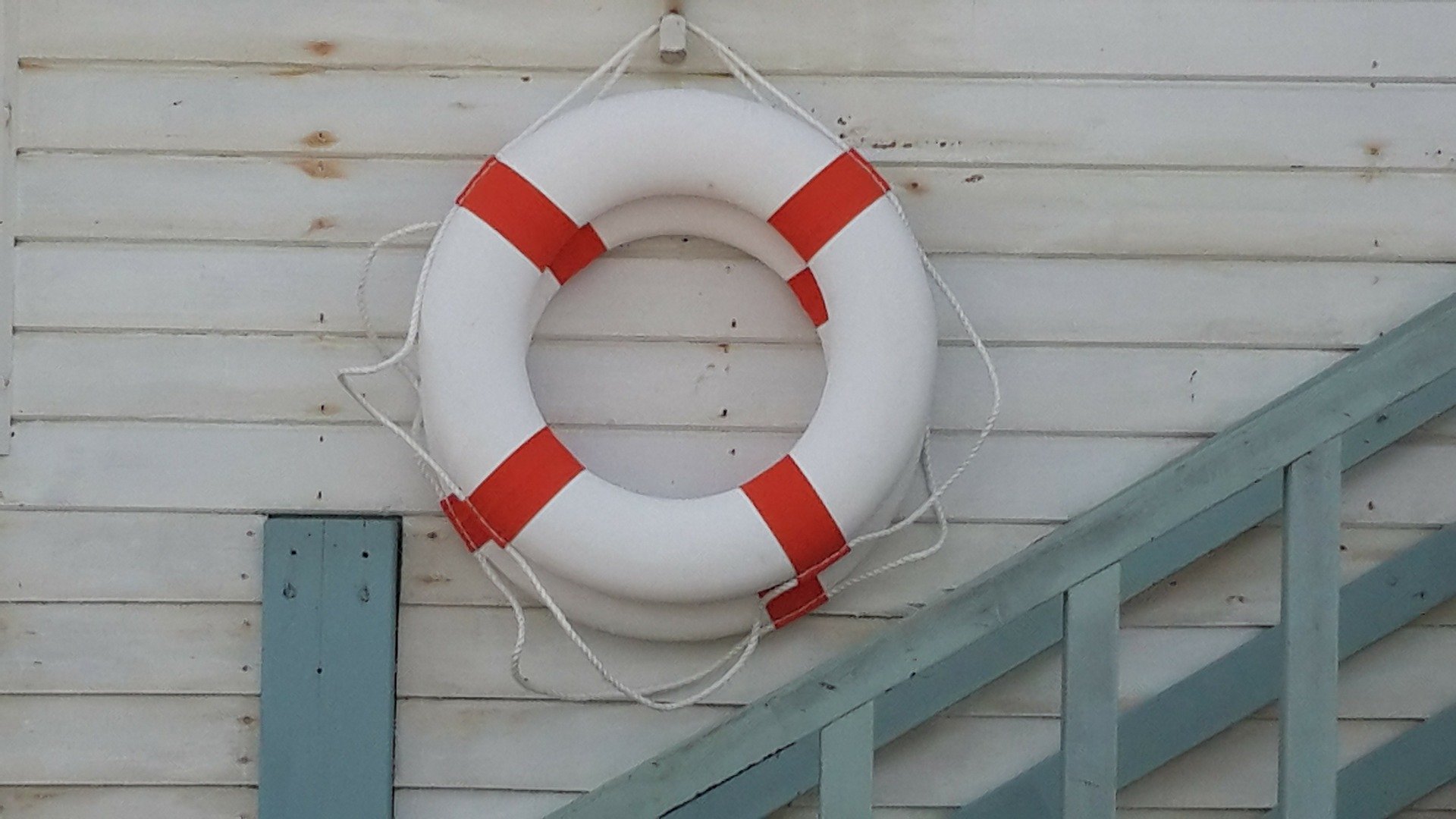5 reasons why sometimes Key Risk Indicators don’t help us
First of all, let's figure out what we expect from KRIs = Key Risk Indicators.
KRIs are supposed to blink when our performance is low or on the other hand when we cannot reach our objectives. The threshold or the limits should be set very well and before we pass the limitation, the measurement system must warn us. But many times this doesn't happen.
Let's go through some examples:
Recently, we heard about two British brands that they were very successful but got in trouble:
Mothercare - closing down 79 shops stores in the UK and the website. Sadly, more than 2,800 jobs will disappear too. You can read more about this here.
It is impossible to assume that such a brand as Mothercare didn't have a risk management system or the executives in the company didn't know how to set up their risk indicators, right?
Clarks: The famous shoe brand is considering to close some of the shops due to widening losses and a sharp fall in sales. The family business is active since 1825. Clarks family know a lot about the business. Then, what happened really? For more information, you can click here.
As we spoke in the beginning, we expect KRIs to warn us before we fail.
If you agree with that then the pricey question would be
how we should set up the KRIs to be warned on time or better say, in time (a bit before)?
The answer can be quite long but if you wish to know briefly, we can discuss the followings:
1. We did not understand risk appetite and consequently, we failed to set the threshold.
No risk, no gain. We all know that! If we would like to explore and gain profit, we must take some risk. But how much can we take any risk not to lose the entire business?
That's the question for board members and the CFO. They should check at least these items very carefully:
- Cash flow and credit amounts.
- Return on risk
- Time to get the return
- Capabilities: Capabilities of people and organization. What can be done in which time frame with how many people and what competencies?
- Competitive advantage: the key to win
- Voice of customer
- Process management
- Many more items
2. Risk is not aligned with performance.
Imagine that you are managing a production line with a certain production capacity. If your salespeople sell more than what they should and promise the delivery in an impossible period of time, then surely you are at risk.
The story seems ideal for many producers but in reality, you may pay a huge amount of money due to delay. Or you may run out of cash or credit to manage your purchase department.
An example happens when in your supply chain one of the sections over-performs while others are just on the normal track. Imagine warehouse space limitation when your trucks reach sooner than the expected time.
Or you're the target of your KPIs are not set well. They are either low or high.
As an example, we can speak about your invoice system. Invoices should be paid on time but your people are doing less than what they have to do. This can be imagined the other way around too. When legal department prepares a contract to pay each invoice after two weeks and your people do not have enough time to do it.
3. Risk Prioritization.
We cannot determine every risk. We must prioritize them. The problem shows up when each manager of each unit or department assumes that their risk is the biggest one. They expect board members and CEOs to pay attention only and only to their problem because they would like to be the best!
All units and departments are important definitely but few departments are directly connected to the core business and others are supporting the business indirectly. We can consider production plants. Over there, everyone is important but production and quality units cannot stop the job at all. Each line stop is equal to a huge amount of loss but if our employee relations unit does a survey two weeks later, nothing happens actually. The result of the survey is surely important but a bit of delay even though it might be a risk but it is not a major one.
4. Board members focus on short-term results.
In many companies, CEO and board members are appointed for a certain number of years and after that surely they will be changed. Sometimes short-term results are important for these people just to prove themselves. For example, they completely stop people development programs or new investments or hiring highly qualified people with bigger salaries. It is obvious why! They would like to save money but in long-term, they create a huge risk for the business and they make the next people to pay the price.
In the above case, the risk of undeveloped people or lack of periodical investments in maintenance are completely ignored.
5. Voice of customer is not important.
Voice of customer is not only about quality. Nowadays due to different innovations, customers expect a lot in many other aspects such as sales channels, flexibility of products' design, material quality, technology, ease of access, level of communication, etc.
We should always listen to them and we should not forget that every six months, there might be a big change in our customers' expectations.
We can never judge big brands such as Mothercare or Clarks as long as we don't have all their details. We wouldn't like to say that all problems are connected to their risk management plans. Just we would like to say that at least one of the above reasons was pushing the business down next to other issues that we are not aware of it.

